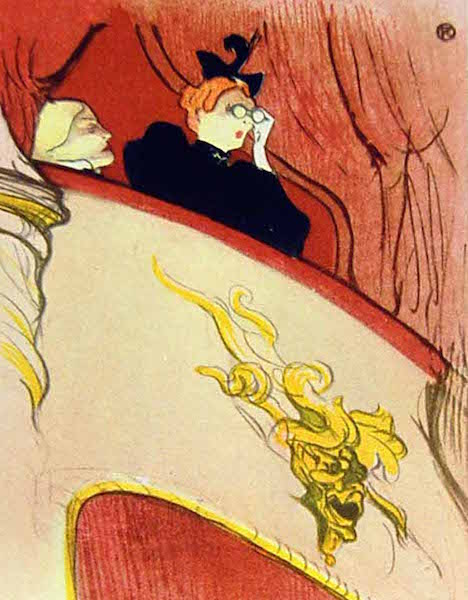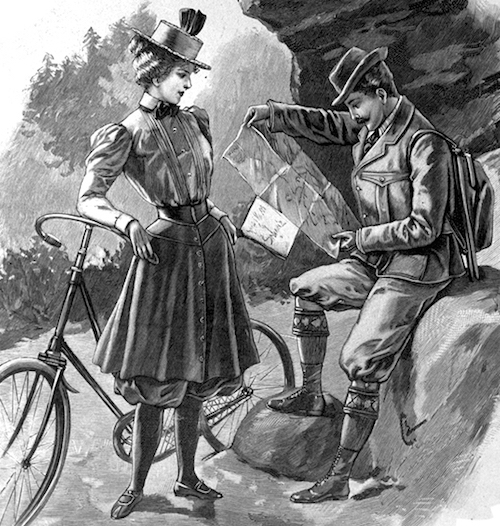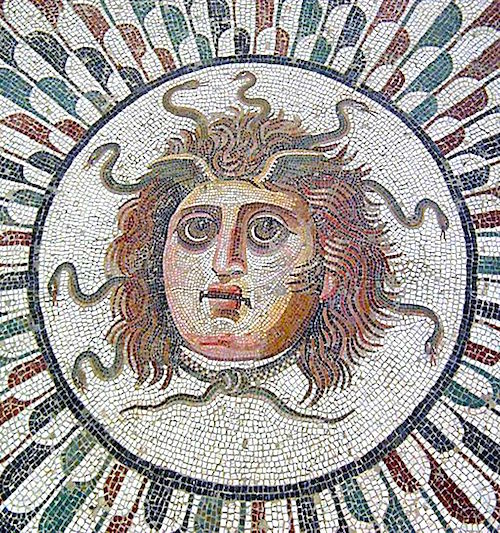If I Were You
In the subjunctive mood, verbs appear in the past tense.
- Subjunctive: If I had a million dollars, I would buy a spaceship.
- Indicative: If I have a filthy mouth, it is my grandma’s fault.
The first example uses the past tense to show the situation is purely hypothetical: I do not have a million dollars. The second example uses the present tense to show that I likely do have a filthy mouth (and that it’s my grandma’s fault).
An exception to this otherwise straightforward system is the verb to be. The subjunctive form of am and is isn’t was, as you’d expect, but were (if I were a rich man). Increasingly this use of were is being replaced by was, especially in informal contexts, but the two words can still have different implications.
- If I were the murderer, where would I hide the body?
- Even if I was the murderer, you have no proof!
The second example implies the speaker might actually have done it—though not as strongly as the present tense does: even if I am the murderer.
The Subjunctive in Past-Tense Narratives
This all may feel pretty instinctive, but when you’re writing a story in the past tense, the subjunctive can get confusing. Let’s start with a present-tense narrative.
- Saru is standing at the edge of a ravine. He will make it if he jumps. (present tense means scenario is likely)
- Saru is standing at the edge of a ravine. He would make it if he jumped. (past tense means scenario is hypothetical)
Now let’s shift to a past-tense narrative.
- Saru was standing at the edge of a ravine. He could tell he would make it if he jumped. (simple past tense means scenario is likely)
- Saru was captured at the edge of the ravine. He would have made it if he had jumped. (past-perfect tense means scenario is hypothetical)
The third example is looking ahead, predicting Saru’s success. The fourth is describing what didn’t happen; we understand Saru did not jump. In the past, the subjunctive mood is shown with the past-perfect tense (had jumped). For more on the past perfect see Using the Right Verb Tense.
Notice the second and third examples both use the same tense (he would make it if he jumped). You can use the simple past tense to talk about the hypothetical “now” or the likely “then.” This is what makes the subjunctive so confusing—your verbs can sound right and still be in the wrong tense.
- If Gilda were a better person, she wouldn’t kill alien creatures.
- If Gilda were a better person, she wouldn’t have killed those alien creatures.
These are both hypothetical scenarios (subjunctive mood) in the present. We’re arguing about Gilda’s morals, now, based on her past behaviour. Next we’ll shift to a past-tense narrative.
- If Gilda was really a better person now, she wouldn’t kill the alien creatures.
- If Gilda had been a better person, she wouldn’t have killed those alien creatures.
The first scenario is a real possibility: she hasn’t killed anyone yet, and she might not (indicative mood). The second is contrary to fact: she has killed and she is not a better person (subjunctive mood).
Can and Will, Could and Would
The verb will has popped up several times in this post. It’s a modal auxiliary verb, which just means it’s used a lot in the subjunctive mood (modal) and it’s often combined with other verbs (auxiliary), as in will buy and will make.
The past tense of will is would. This is why would is used in a present-tense narrative when speculating about something hypothetical (I know I would be a great leader). In a past-tense narrative, the subjunctive is shown by using would have + past participle—would have been, would have swung, would have jumped.
- Taika will know the sigil if he sees it again. (present likely)
- Taika would know the sigil if he saw it again. (present hypothetical)
- Taika was sure he would know the sigil if he saw it again. (past likely)
- Nothing looked familiar. Taika would’ve known the sigil if he’d seen it again. (past hypothetical)
Can (past tense could) is another modal auxiliary verb.
- If Okoye can change, so can you. (present likely)
- If Okoye could change, she would. (present hypothetical)
- It showed that if Okoye could change, so could the rest of the Dora Milaje. (past likely)
- If Okoye could have changed, she’d have done things differently. (past hypothetical)
May and Might
May and might (also modal auxiliaries) can both be used in the present. The only difference is that might carries more uncertainty than may.
- We may go ballooning tomorrow.
- We might go ballooning tomorrow.
But only might should be used when you’re talking about a purely hypothetical scenario, especially one contrary to fact.
- If it hadn’t rained, we might’ve gone ballooning.
- If she were to ask me, I might spill the beans.
Generally speaking, you’ll want to use might rather than may in a past-tense narrative, unless the uncertainty is continuing into the narrative’s present.
- Yihang’s ghost was seen walking the ramparts—and may haunt them to this day.
- We never saw Talulla again. She may have joined the circus, but no one is sure.
- They never saw Talulla again. She might have joined the circus, but no one was sure.
- Vic passed out on the crafts table, so I think Felix may have spiked his tea.
- Vic passed out on the crafts table, so I thought Felix might have spiked his tea.
Must and Had To
Finally, must is a modal auxiliary verb that’s used to show necessity (you must comply) or a conclusion (that must be the reason). In the sense of a conclusion, must can appear in either a present- or past-tense narrative.
- That must be why Chidi’s so twitchy.
- That must have been why Chidi was so twitchy.
- Eleanor must have said something to upset him.
In the sense of necessity, must only works in the present; in a past narrative, use had to.
- Wanda and Christiane must deliver the microfilm to the Resistance tonight.
- Wanda and Christiane had to deliver the microfilm to the Resistance that night.
More Examples
- We were trapped, but if I could pick the lock, we’d be out of there in no time.
- If I could have picked that lock, we’d have been out of there in no time, but I didn’t have a bobby pin.
- Let me tell you, if I had a nickel for every time that dame lied to me, I’d be richer than Rockefeller.
- Back then, if I’d had a nickel for every time that dame had lied to me, I’d’ve been richer than Rockefeller.
- A wise man would have chosen his words carefully, but I blurted out the first thing that came into my head.
- And I would’ve gotten away with it if it hadn’t been for you kids!
Become a Grammarlandia patron at patreon.com/grammarlandia and receive access to bonus content.









